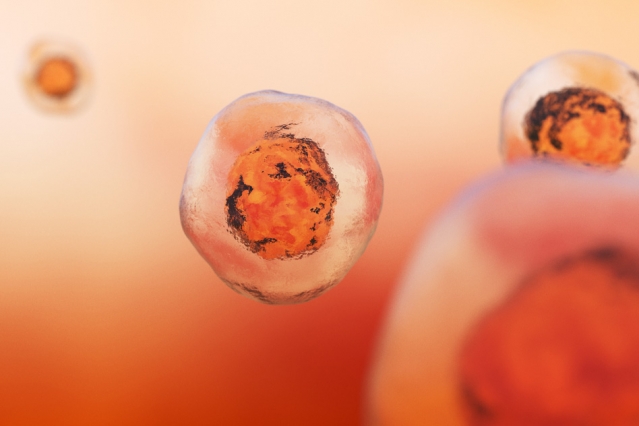-
Emergence of Eukaryotes Traced Back to 2.31 Billion Years Ago
July 14, 2017 / Posted by: Miki Huynh
David Gold with the Summons Lab looked at evidence of sterol biosynthesis and used molecular clock analysis to date the earliest appearance of eukaryotes. Image credit: MITDavid Gold, a member of the NASA Astrobiology Institute at MIT, with researchers at the Summons Lab has published a paper, finding biomarker evidence that suggests eukaryotic organisms were present on Earth as early as 2.31 billion years ago, around the time of the first wide-spread availability of oxygen in the Earth’s atmosphere.
The paper, “Paleoproterozoic sterol biosynthesis and the rise of oxygen,” is published in Nature.
Gold and his team used molecular clock analysis, sifting through DNA databases tracing the evolution of genes for encoding enzymes necessary for sterol biosynthesis, and using the age of fossils to constrain the molecular clock, ran multiple analyses to trace the evolution of sterol biosynthesis back to approximately 2.31 billion years.
The findings predate the previous oldest detection of sterane biomarkers (around 1.64 billion years ago) and suggest that sterol biosynthesis evolution is tied to emergence of oxygen in Earth’s atmosphere.
A press release detailing the research is available at MIT.
Source: [Foundations of Complex Life]
- The NASA Astrobiology Institute Concludes Its 20-year Tenure
- Global Geomorphologic Map of Titan
- Molecular Cousins Discovered on Titan
- Interdisciplinary Consortia for Astrobiology Research (ICAR)
- The NASA Astrobiology Science Forum Talks Now on YouTube
- The NASA Astrobiology Science Forum: The Origin, Evolution, Distribution and Future of Astrobiology
- Alternative Earths
- Drilling for Rock-Powered Life
- Imagining a Living Universe
- Workshops Without Walls: Astrovirology